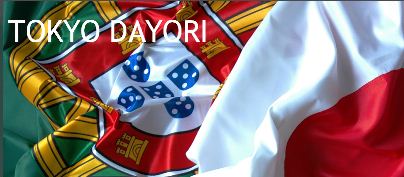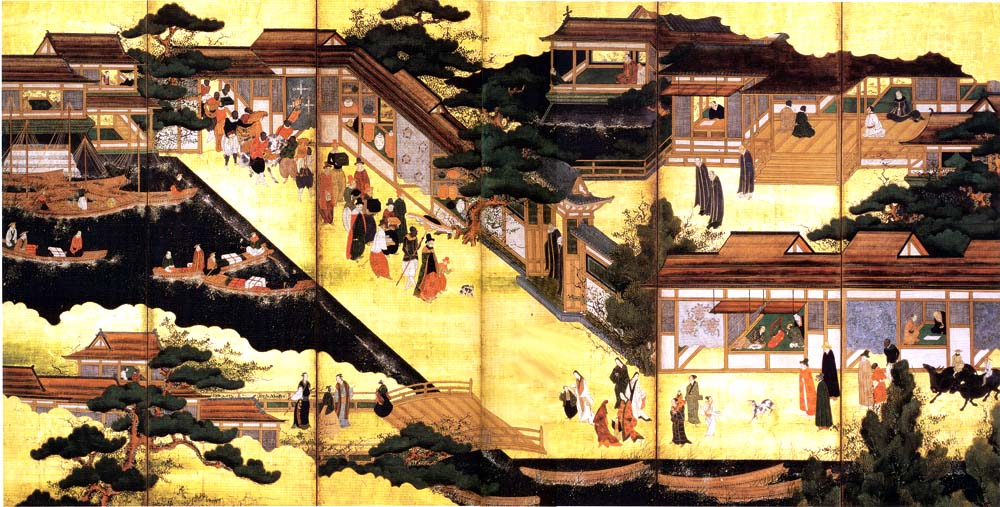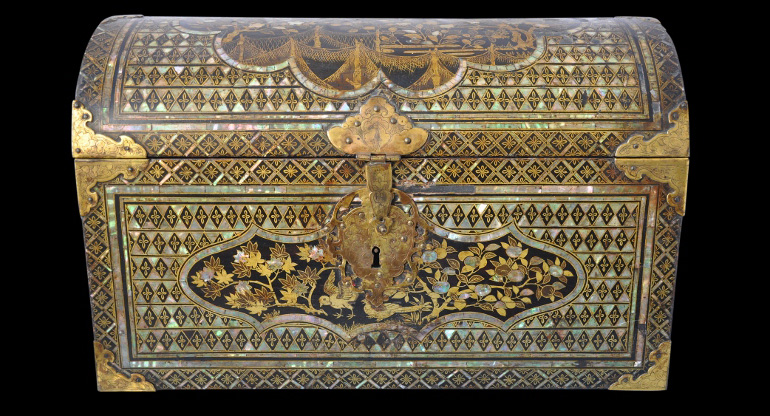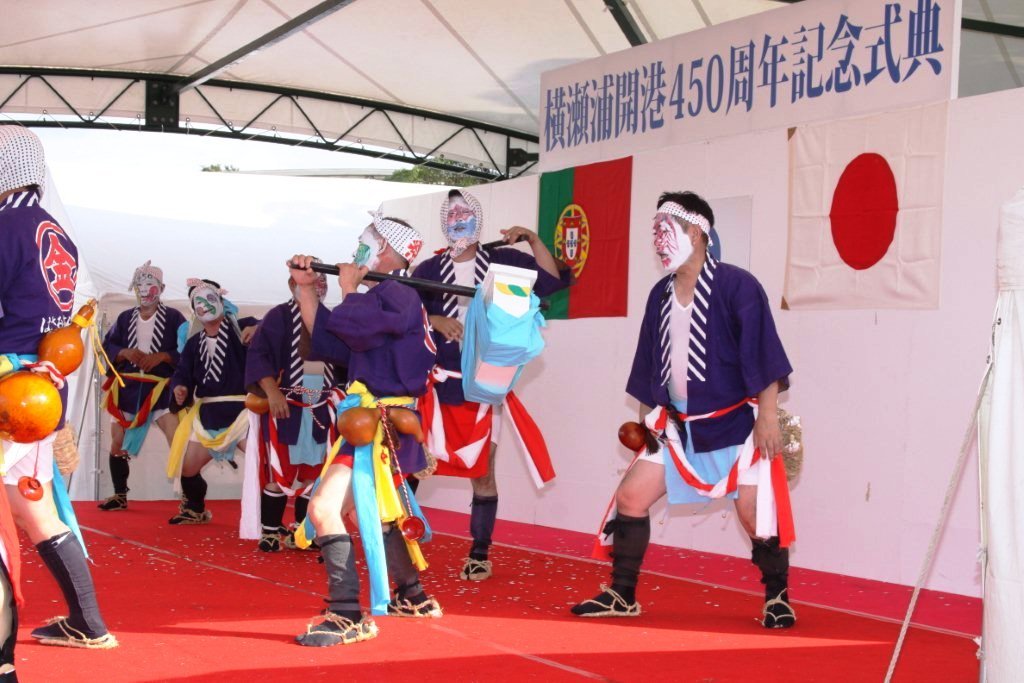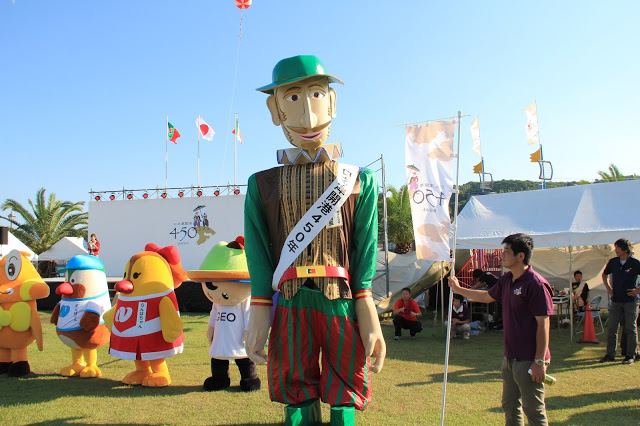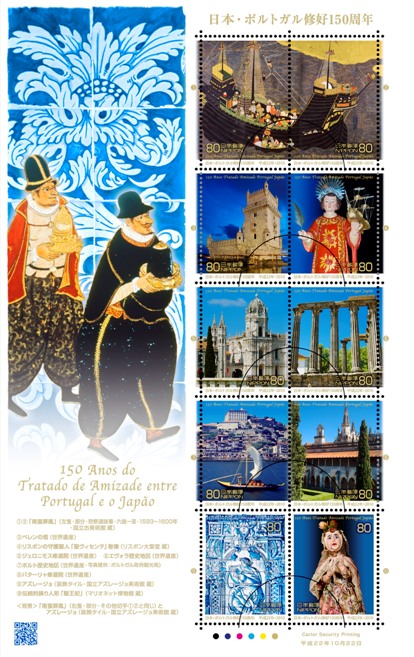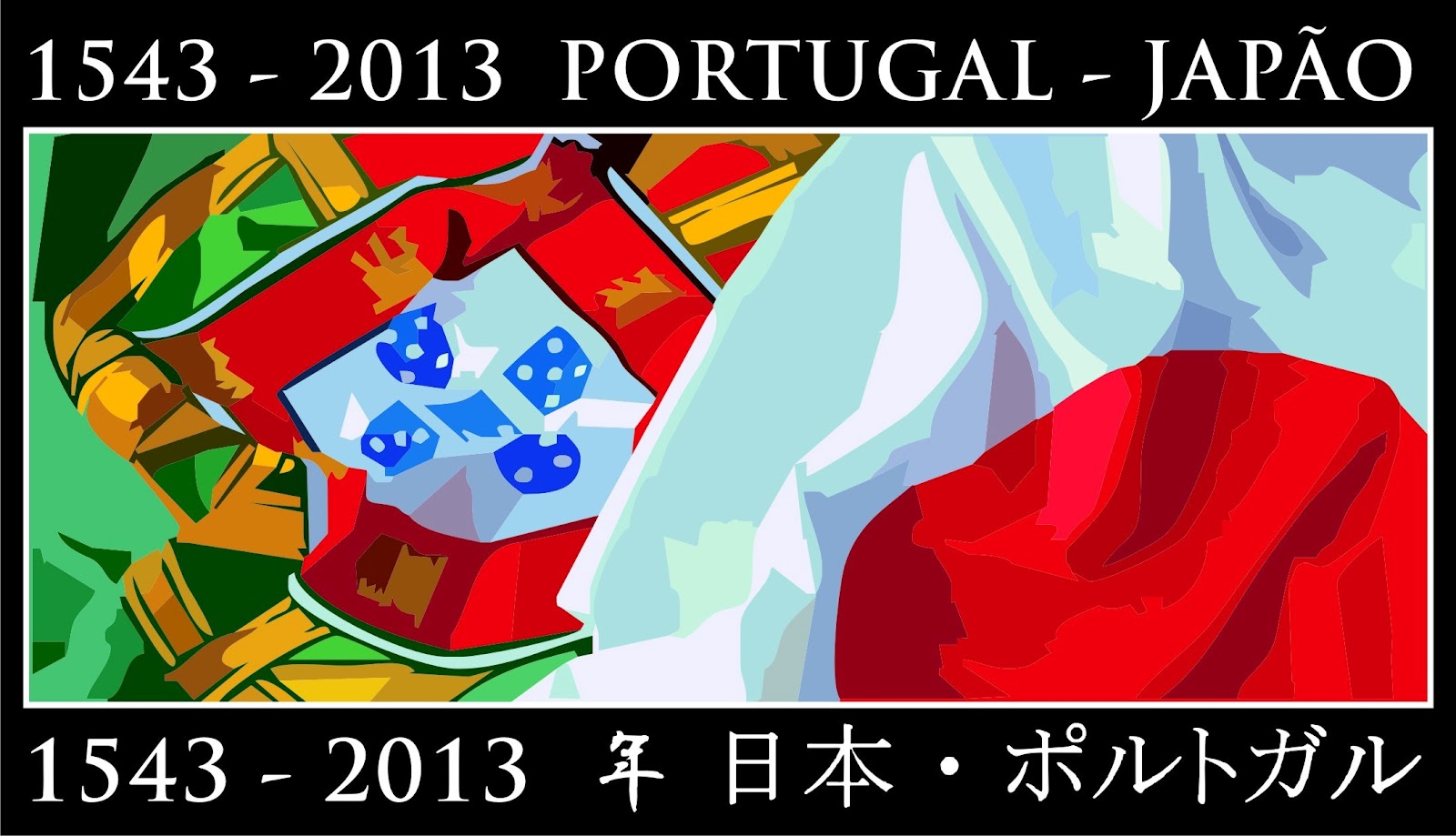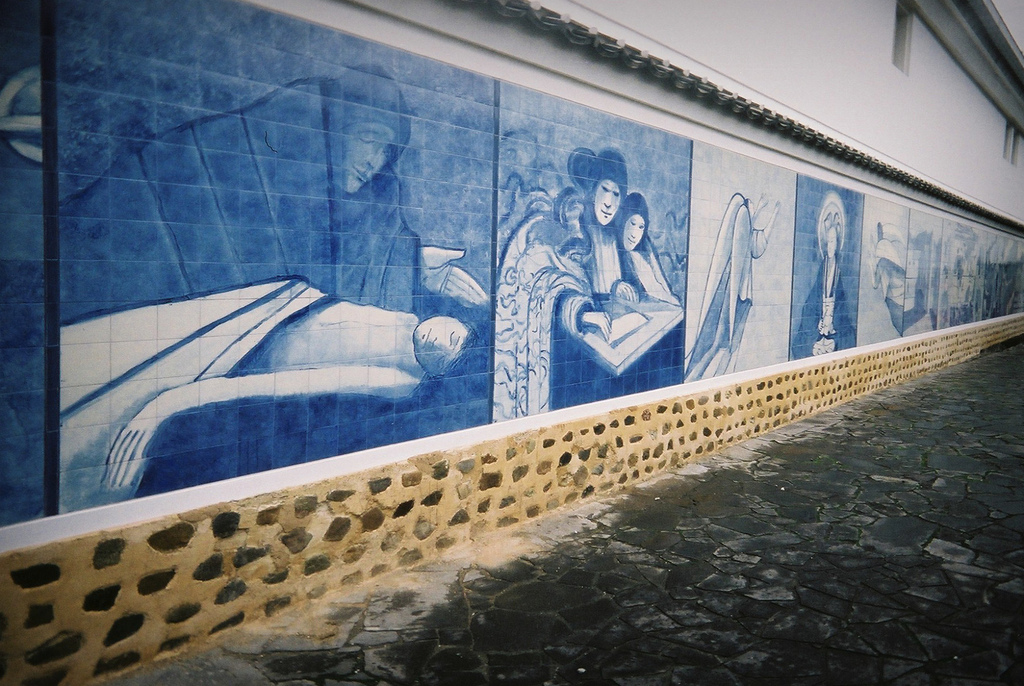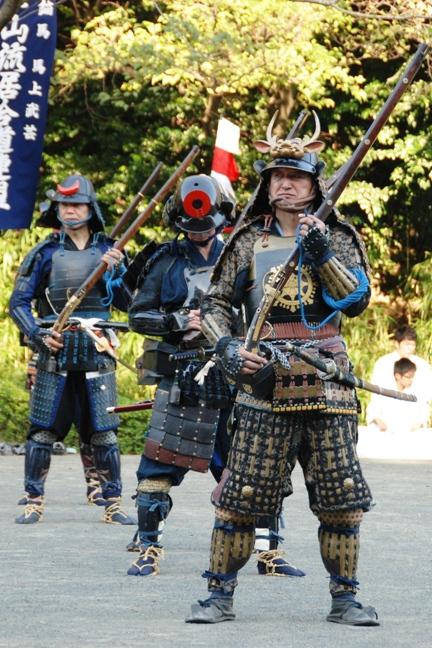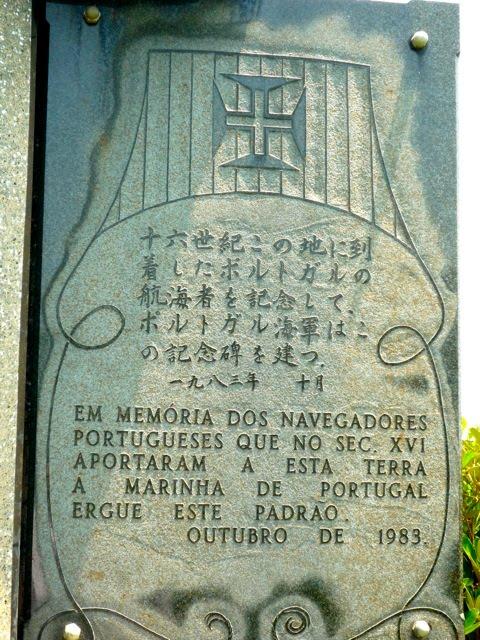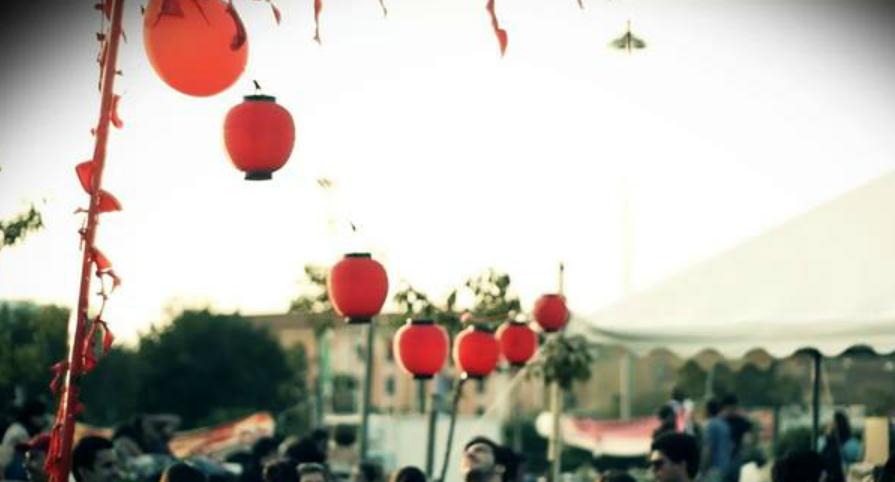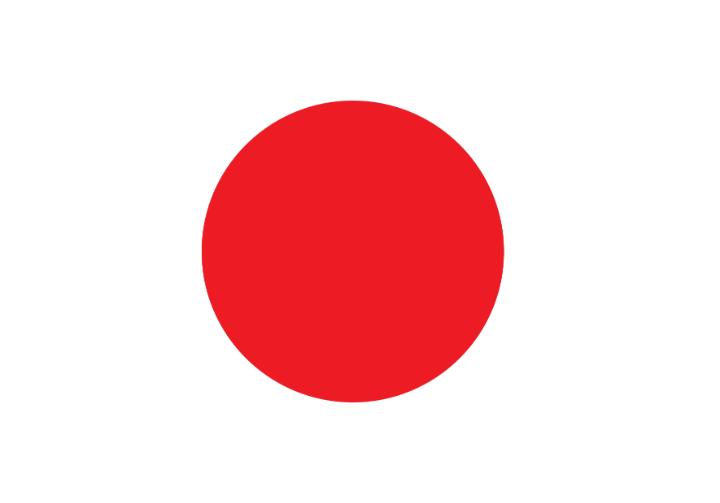
The place and the community
Japan (Japanese: 日本 Nihon or Nippon; formally 日本国 Nippon-koku or Nihon-koku, literally "[the] State of Japan") is an island nation in East Asia. Located in the Pacific Ocean, it lies to the east of the Sea of Japan, China, North Korea, South Korea and Russia, stretching from the Sea of Okhotsk in the north to the East China Sea and Taiwan in the south. The characters that make up Japan's name mean "sun-origin", which is why Japan is sometimes referred to as the "Land of the Rising Sun".
Japan is an archipelago of 6,852 islands. The four largest islands are Honshu, Hokkaido, Kyushu, and Shikoku, which together comprise about ninety-seven percent of Japan's land area. Japan has the world's tenth-largest population, with over 127 million people. Honshu’s Greater Tokyo Area, which includes the de facto capital city of Tokyo and several surrounding prefectures, is the largest metropolitan area in the world, with over 30 million residents. (Wikipedia)
In the course of the 16th. Century, Portuguese traders and missionaries were the first Europeans to arrive in Japan, starting a period of intense cultural and trading exchanges. In Japan, the Portuguese traded and evangelized. Missionaries, most prominently priests of the Company of Jesus (Jesuits) accomplished intense missionary work. In 1582, the Christian community in the country counted 150 000 Christians and 200 churches. In this period, Japan was a reltively well developed feudal society with pre-industrial technology. The country was more populated than any other western nation and counted in the 16th century over 26 million inhabitants. (Portugueses do Sol Nascente, Guia do Estudante, 2000).
One of the highlights of the history of events between Portugal and Japan has to be the delegation of the “Tenshō Mission” from Japan to Europe. In 1549, Jesuit missionaries, including St. Francis Xavier, arrived in Kagoshima, South Japan, and started the first evangelization mission in that country. The three “Daimyōs” (Christianized Japanese feudal lords) Otomo, Arima and Omura, delegated a Christian mission to visit the Pope in Rome, mediated by Father Alessandro Valignani. The delegation was composed by four young Japanese missionaries: the main missionaries Ito Mancho and Chijiwa Miguel and their assistants Hara Martino and Nakaura Julian. All had were aged between 13 and 14.
The four young men left from Nagasaki in Japan, called in Macau and Goa and arrived in Lisboa in August 1584. According to archives, while there, they visited São Roque Church and Jerónimos Monastery as well as other places such as Sintra, Évora and more. In Spain, they were received by Felipe II, then Felipe I of Portugal. At the end of their journey, the delegation had an audience with Pope Gregory X in Rome. They made their way back to Japan leaving Lisboa on April 1586 and arriving in Nagasaki in 1590. (Embassy of Japan in Portugal)
Toyotomi Hideyoshi continued the government of Nobunaga and unified the country in 1590. After his death, regent Tokugawa Ieyasu took advantage of his position to gain political and military support. When his opposition started a war, he won it in 1603 after the Battle of Sekigahara. Tokugawa founded a new shogunate making his capital in Edo and expelled the Portuguese and all other foreigners, initiating at the same time a persecution of all Catholics who were considered as subversive, in a policy known as sakoku. The persecution of Japanese Christians was a part of this policy driving this community to forced conversion or even death as it happened in the episode of Japan’s 26 Martyrs. (Wikipedia).
Diplomatic relationships between both countries were formally resumed by the Treaty of Peace, Friendship and Trade, signed on 1860 by King Pedro V of Portugal and the Emperor of Japan. (Tratado de Paz, Amisade e Comércio entre Portugal e o Japão, 1862) Second World War and the occupation of Timor by Japanese military interrupted temporarily bilateral relationships between Portugal and Japan, which were again resumed on 1953. Portugal reopened its Legation in that same year and the Japanese reciprocated on 1954. The Portuguese representation in Tokyo was upgraded to Embassy level on 1958.
In the meantime, a new level of Portugality was added to Japan with an important migratory flow of Japanese to Brazil at the onset of the 20th century. Today, Brazil has the largest Japanese community outside of Japan with about 1.5 million Nikkei (日系 – word used to designate the Japanese and their offspring).
By force of these historical reasons, it is not possible to speak of a modern day truly Portuguese or Portuguese-derived community in Japan, safe for a few hundred Portuguese expatriates who work there. Portuguese influence in the Japanese society was of a much more pervasive and subtle nature resulting in true and deep interculturation, changing the course of political, social and artistic history of Japan (Nanbam Commissions, 2011). One of the biggest inexactitudes written in modern times about the so-called «Christian century» in Japan, between 1543 and 1645, is the one according to which “cultural effort was enormous but results were zero”. Any person with an average knowledge of Nagasaki – city and prefecture – and of the so-called “Nagasaki Bunka” or “Nagasaki culture”, will note the endurance of Portuguese traits in language, customs, cuisine and in social and religious mindsets. (Diego Yuuki, 1998)
Bilateral relationships today have been characterized by a commitment of both sides to deepen bilateral ties in all sectors, including the framework of international organizations. Today, Portuguese is the 3rd (the 1st western) most spoken mother-tongue in Japan, after Korean and Chinese. (Paula Ferreira Santos, 2010) Fado music has grown a legion of fans after some Japanese singers started disseminating it in their home country. Two of them are Hideco Tsuquida and Mio Matsuda. The latter, discovering the music of Portugality has also started to create a repertoire based mostly in the melodies and rhythms of Brazil and Cape Verde.
Japanese has also incorporated a significant number of words of Portuguese origin in their vocabulary. (Wikipedia)
Since 2010, several events were staged to celebrate the arrival of the Portuguese and the introduction of firearms in that country, in clear and proud recognition of the relationship established with the Portuguese people 450 years ago. (Akira Miwa, 2010)
Litterature and references
Ø C. R. Boxer (1939), The Embassy of Captain Goncalo de Siqueira de Souza to Japan in 1644-1647, MN2
Ø Armando Martins Janeira (1970), O Impacto Português sobre a Civilização Japonesa, Publicações Dom Quixote
Ø Okamoto (1972), The Namban Art of Japan, Heibonsha Survey of Japanese Art
Ø Armando Martins Janeira (1981), Figuras de Silêncio – A Tradição Cultural Portuguesa no Japão de Hoje, prefácio de Shusaku Endo, Junta de Investigações Científicas do Ultramar
Ø Wenceslau de Moraes (1994), Fernando Mendes Pinto no Japão, Vega
Ø Nestor dos Santos Lima (2001), Samurais e Jecatatus: indicações para um diálogo dos antípodas, Thesaurus Editora de Brasília Lda.
Ø Kono (2001), Portuguese-Japanese language contact in 16th century Japan, BPJS 3
Ø A. F. Pinto (2004), Uma Imagem do Japão. A Aristocracia Guerreira Nipónica nas Cartas Jesuítas de Évora (1598), Instituto Português do Oriente-Fundação Oriente
Ø Albuquerque, Miranda (2007), Luís Fróis - Um Português no Japão no Século XVI, Edições Silabo
Ø Lidin (2007), Tanegashima: The Arrival of Europe in Japan, Nordic Institute of Asian Studies
Ø Castel-Branco, Paes (2009), Fusion urban planning in the 16th century. Japanese and Portuguese founding Nagasaki, BPJS 18/19
Recent news
Ø U.N. success: Peacekeepers leave East Timor a better place, Pittsburgh Post Gazette 05-01-2013
Ø Japão oferece bolsas de R$ 3.400 para professores brasileiros, Folhapress 29-12-2012 (Japan offers scholarships of R$3.400 for brazillian teachers)
Ø O fascínio de Pedro Costa explicado pelos japoneses ao mundo, Público 21-12-2012 (Fascination of Pedro Costa explained by the Japanese to the world)
Ø Japão quer captar talentos na Europa, Expresso 13-12-2012 (Japan wants to lure European talent)
Ø Nina traz para Portugal os segredos do chá verde dos Morimoto, Life&Style – Público 10-12-2012 (Nina brings to Portugal Morimoto’s green tea secrets)
Ø Maior operador móvel japonês estuda ‘smart city' em Lisboa, Económico 06-12-2012 (Biggest Japanese mobile operator studies ‘smart city’ in Lisboa)
Ø Portugal quer promover imagem de modernidade nos 470 anos da chegada ao Japão, LUSA 03-10-2012 (Portugal wants to promote an image of modernity in the 470 years of its arrival in Japan)
Ø Emissão de selos japoneses comemorativos dos 450 anos da inauguração do porto de Kochinotsu em Minamishimabara pelos portugueses, Tokyo Dayori 30-10-2012 (Japanese release post stamps celebrating the inauguration of Minamishimabara’s Kochinotsu harbour by the Portuguese)
Ø Língua portuguesa pode voltar a despertar interesse no Japão, Agência FAPESP 24-09-2012 (Portuguese language may regain interest in Japan)
Ø A taste of Portugal in Tokyo's backstreets, Japan Times 02-09-2011
Community celebrities
While there is no well-defined Portuguese-Japanese community in Japan today, it is nevertheless possible to recognize several examples of people who dedicated work to preserve, disseminate and evolve interculturation between Japanese and Portuguese heritages in that country. Those are the cases of the people mentioned below, recognized by their devotion in continuing this 5-century long process.
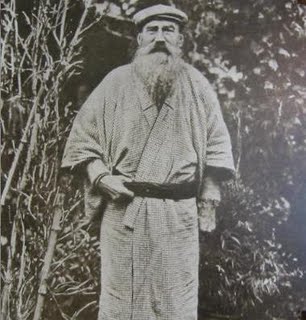
Wenceslau de Moraes (Lisboa, May 30th 1854), Portuguese Navy officer, was Portugal’s first consul in Kobe and Osaka. Making Japan his home forever since 1899, he converted to Shintoism and dedicated himself to writing, being one of the main disseminators of Japanese culture of his time in Portuguese language. He died in Tokushima on 1929. (Associação Wenceslau de Moraes)
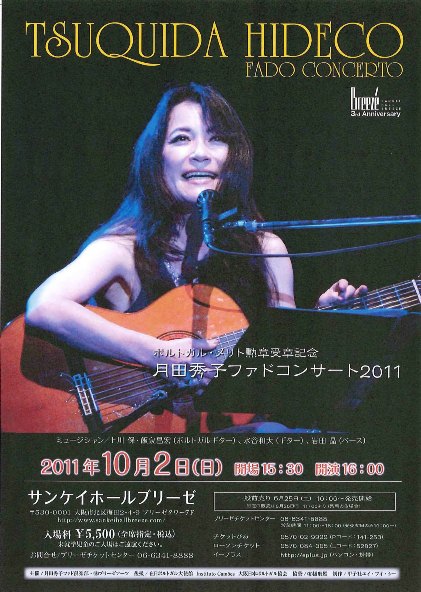
Tsuquida Hideco (Tokyo, 1951), actress and singer of French music, she started singing Fado in the 1980’s, having lived in Lisboa and attended University there. She met Amália Rodrigues who has been her fundamental inspiration and applauded her first public appearances. She pioneered in introducing Fado in Japan and keeps herself active staging shows in that country and also in Macau. She received the Medal of the Portuguese Order of Merit in 2010. (Tsuquida Hideco Fado Clube, 2011)
Haru Ishii (Tokyo, ????) is a Japanese artist building her artistic career between Portugal and Japan, by delving in the art of the Portuguese ceramic tile (azulejo). Since 1980 the artist has staged exhibits all over Japan. (Wind of Portugal, 2012)
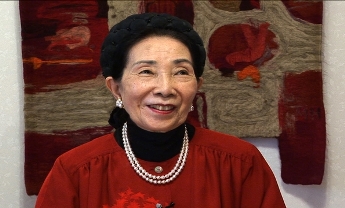
Etsuki Takano (Manchuria, ????) is a film director holding a degree from the Hautes Etudes Cinematographiques (IDHEC) de Paris. She was assistant director for Kinugasa Teinosuke and wrote screenplays for TV series. She was the first woman director in Japan, has founded and still presides over the Iwanami Hall, having been nominated honorary director of the National Film Centre between 1997 and 2007. In 1982, together with Portuguese director Paulo Rocha she produced the film “Ilha dos Amores” (L’île des amours) which entered Cannes festival the same year. Since 2006, she presides over the Portuguese-Japanese Society and received the title of Grand Officer of the Portuguese Order of Merit in 2010 (World Cultural Forum, 2007)
Videos
Ø PORTUGAL MEETS JAPAN, ANIMATION BY
CAROLINA BÚZIO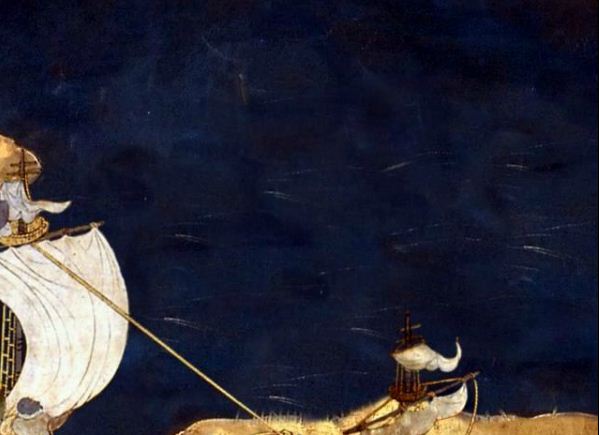
Ø LISBOA TOKYO 2012, ANIMATION IN
PARTNERSHIP PORTUGAL / JAPAN
Ø PORTUGUESE SPEAK ABOUT PORTUGAL /
JAPAN CONNECTION ON JAPANESE TV SHOW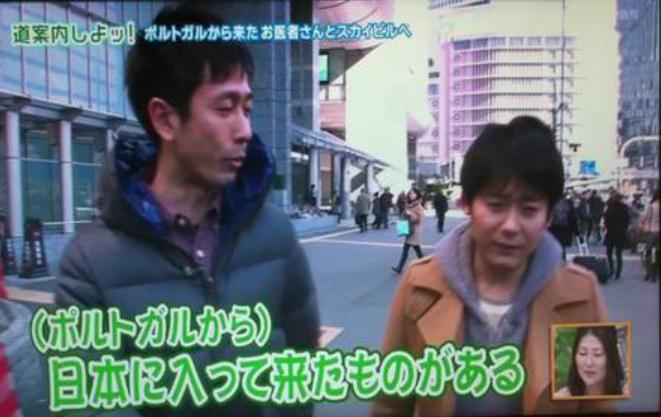
Ø WELL MET IN OSAKA – OSAKA
MARITIME MUSEUM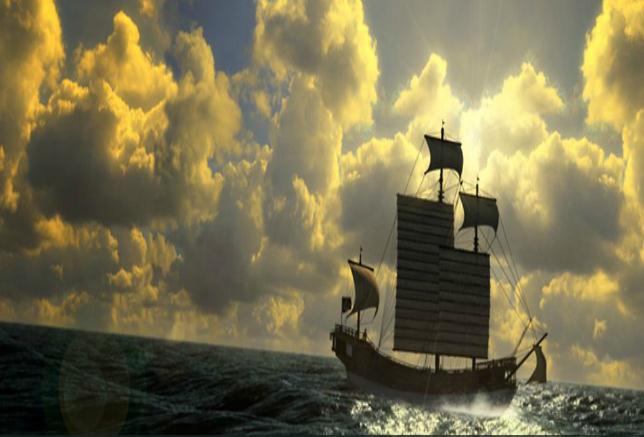
Ø CASTELLA – A PORTUGUESE CAKE
ADOPTED BY THE JAPANESE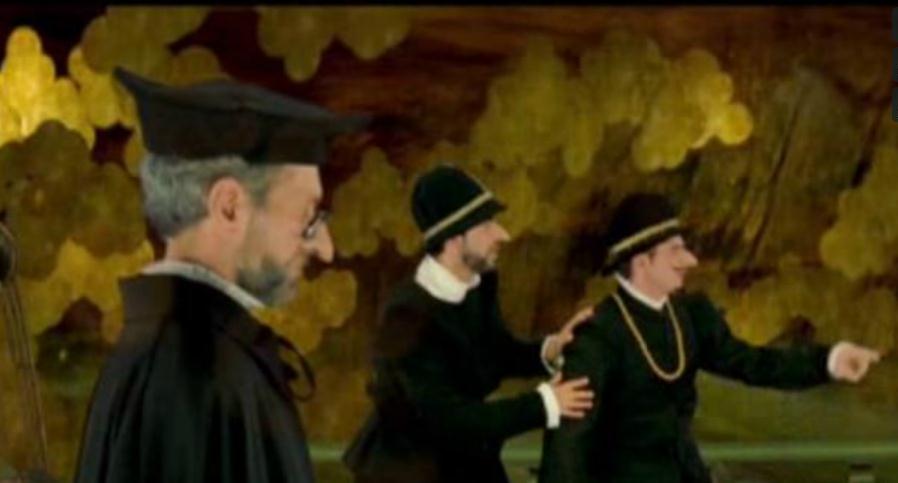
Ø YAMA NO ANATA (BEYOND THE MOUNTAINS)
– FILM BY AYA KORETZKY (TRAILER)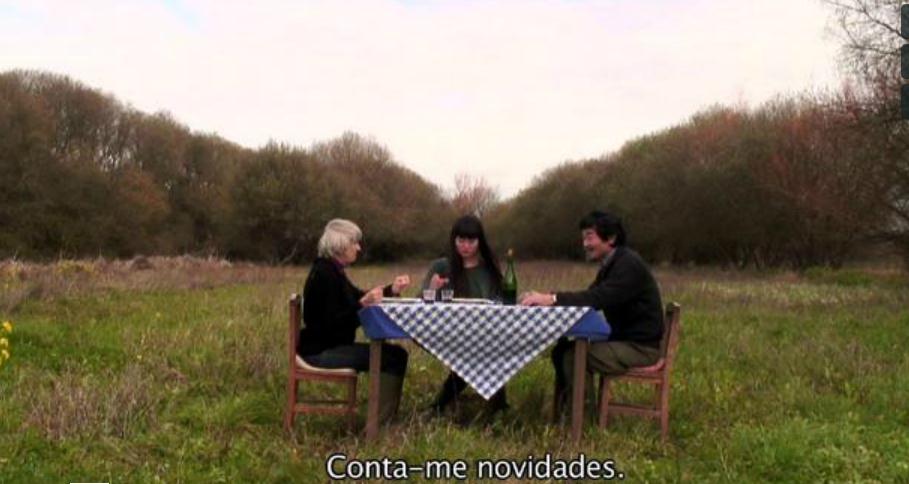
Ø ANDORINHA (SWALLOW) – MUSIC BY HANA KOGURE, FUSION OF JAPANESE MELODIES AND PORTUGUESE THEMES
Ø TRAGO FADO NOS SENTIDOS (I HAVE FADO IN MY SENSES) – HIDECO TSUQUIDA (JAPANESE FADO SINGER)

